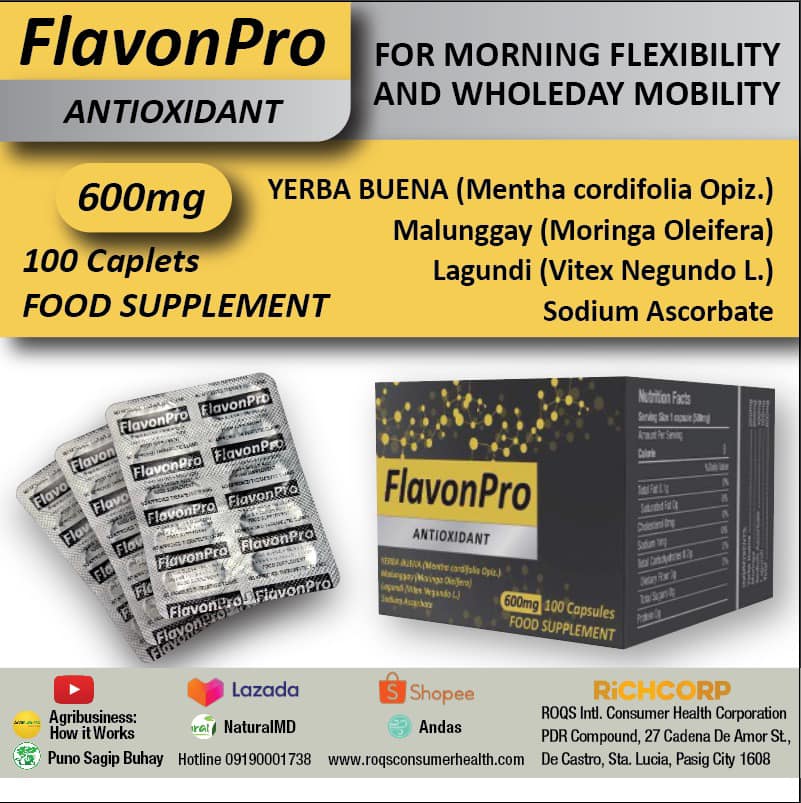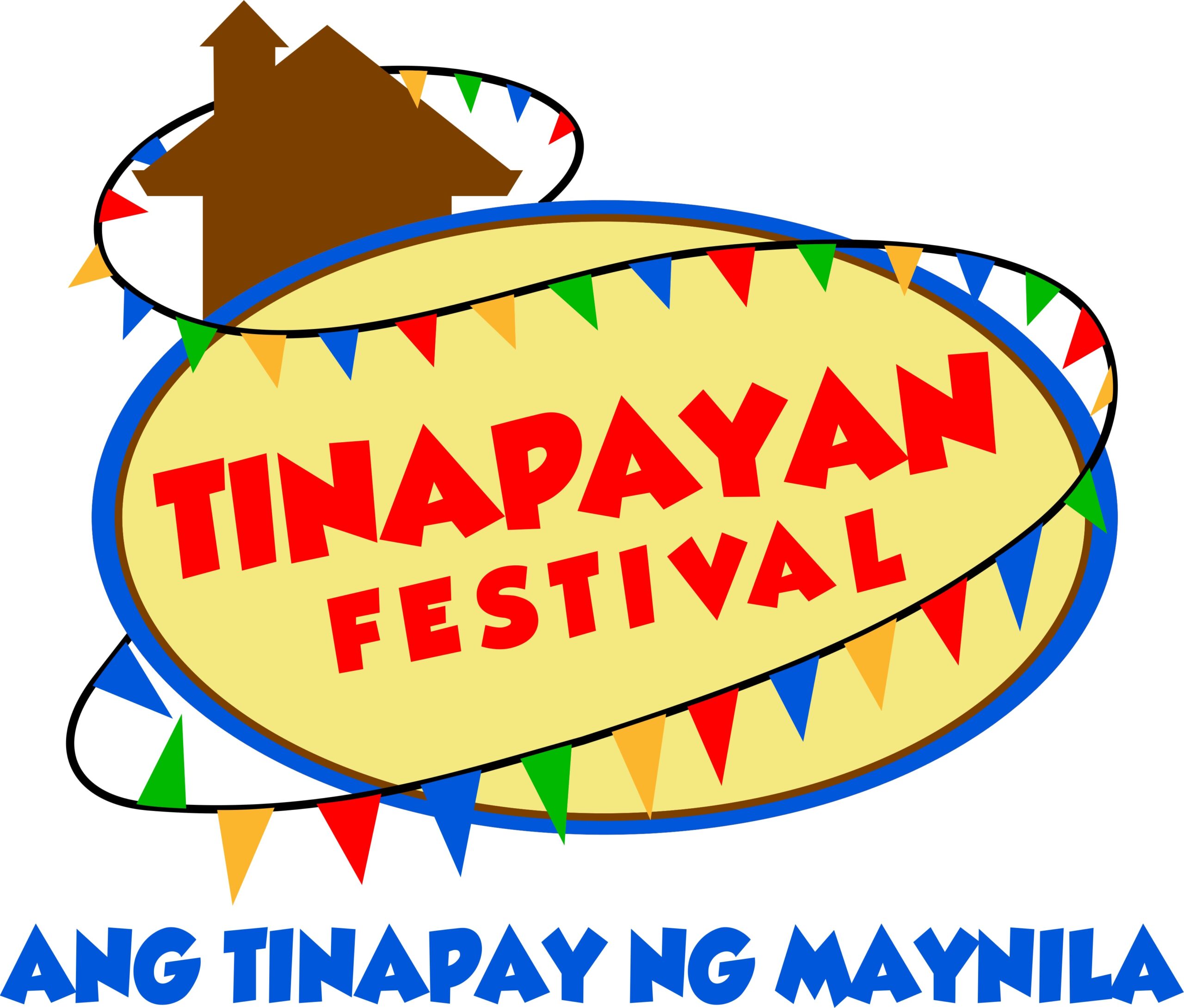LA TRINIDAD, Benguet—Tissue cultured strawberry clean planting materials has given strawberry production a new lease of life.
“In the past, strawberry producers in La Trinidad would contract with fellow farmers for their planting materials. Usually these planting materials consisted of different varieties planted together in a plot mostly in the Swamp Area. Planters were unmindful of varieties nor concerned with cleanliness of planting materials,’ thus narrated Ms. Joan D. Bacbac, Agriculturist ll from the Department of Agriculture, Regional Field Unit-Cordillera Administrative Region.
This sorry state of strawberry production in La Trinidad and nearby towns ended when the Department of Agriculture Cordillera Administrative Region (DA-CAR) and the local government unit of La Trinidad collaborated on the production of clean planting materials through tissue culture.
Planting materials imported either from Japan or the United States are studied and evaluated in the nursery. Once found to possess the desired qualities, runners are taken from these plants and are used for tissue culture.
Explaining the whole process, Ms. Bacbac said that with the use of a microscope, they would get the tip of the runner or meristem and plant these in test tubes using Murashige and Skoog (MS) medium. After a month, the meristems are cut and transferred into new bottles.
Ms. Bacbac said that a single meristem could produce up to 200 or more meristems in six months depending on their ability to proliferate. She and her group do not exceed, however, the six cutting stages in order to ensure that the desired qualities of the plant are maintained. Once transferred into the nursery, and upon the development of roots, these explants become the mother plants from which runners will ensue.
The tissue culture protocol for strawberry was patterned after that used for banana to prevent the spread of bunchy top virus. With tissue culture, DA-CAR researchers thought of controlling mites, the leading pest of strawberry, but it led as well to other incidental benefits.
Now in its second year, the production and distribution system for clean planting materials for strawberry did not only lessen the incidence of pest and diseases, but also improved yield. A plant produced from tissue cultured mother plants could produce about 400 grams of fruits per plant compared to a non-tissue cultured plant which could only produce about 200 grams.
It also eliminated defective farming practices, among which, is the use of mother plant to bear berries, instead of using runners. It also enhanced the organization of farmers, inasmuch as DA-CAR would only sell planting materials to association of growers. In the past, any grower could buy directly from DA-CAR. Further, this system of transfer of planting materials enhances communication between local authorities and the growers and facilitates conduct of trainings for greater productivity.
The benefits of clean planting materials are indeed numerous not only for the farmers, but also for the consumers who can be assured that the strawberries that they eat came from truly good sources. (Ricardo R. Argana, S&T Media Service)




